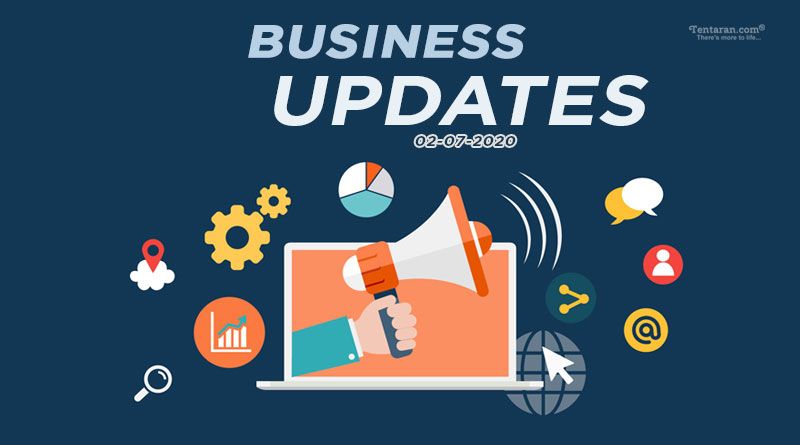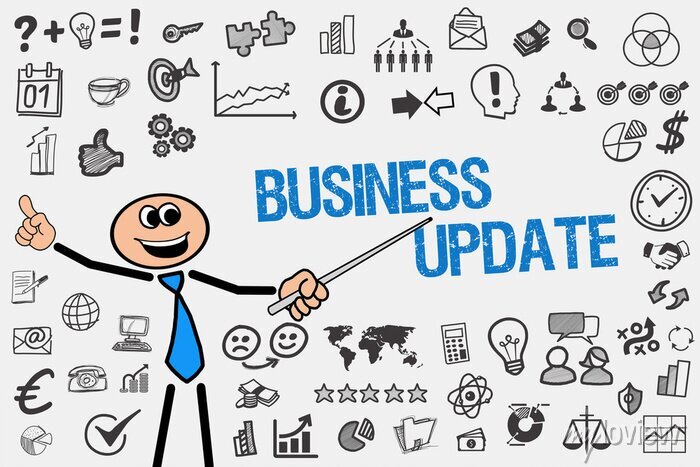Welcome back to our Weekly Digest. Read on for the latest updates and some ideas to help us all move forward.
WA Cancels Plan to Reopen Borders on 5 February
All states and territories, except Western Australia, have reopened their internal borders despite a record surge in cases. Last Thursday, WA Premier Mark McGowan made a shock announcement that the reopening of borders, which was originally set on 5 February, would be delayed indefinitely or at least until the percentage of triple dose vaccinations hit 80%.
Currently, triple dose vaccinations are at around 26%.
EU and US Cut Australia from Travel Lists
The US and Europe have downgraded Australia’s travel safety rating due to the surge in Omicron cases. The European Council took Australia off its travel green list, which means restrictions will be imposed for non-essential travel. On the other hand, the US listed Australia at its highest risk rating.
While it have become more difficult for Australians to visit these countries, it is now easier for them to get home. A PCR test is no longer required for international arrivals to the country, and instead, a rapid test within 24 hours of departure will be accepted.
Rapid Antigen Tests Now Free for Some Australians
Individuals who hold any of the following concession cards can access up to 10 free rapid tests from pharmacies over the next three months:
- Pensioner concession card
- Commonwealth seniors health care card
- DVA gold, white or orange card
- Health care card
- Low-income card
If you fit the criteria, you need to visit your local pharmacy in person to get your free tests, or your carer or guardian can do it for you.
Novavax COVID-19 to be Available Soon
Australians 18 years old and above will now have access to a fourth COVID-19 vaccine, Nuvaxovid (Novavax) in the coming weeks. The government has purchased 51 million doses of the Novavax COVID-19 vaccine, with samples set to arrive in early February for the Therapeutic Goods Administration batch testing.
The Novavax vaccine will be available to be administered from the week of 21 February if the testing turns out to be successful.
Business Confidence Hit by COVID-19 Surge
A survey from the National Australia Bank showed its index of business confidence slid 24 points to -12 in December, worse than the decline during the Delta wave last year. This comes as a surge in COVID-19 cases negatively affected consumer spending and staffing.
Business conditions eased a more modest 3 points to +8, as sales held firm at +14 and profitability climbed a point to +10. Meanwhile, its measure of employment showed a decline of 9 points to +2.
Australian Businesses Struggle with “Lockdown-like Conditions”
Australian Chamber of Commerce and Industry chief executive Andrew McKellar said businesses across a wide range of industries in Australia are struggling due to staff shortages, supply chain crunch that lead to higher costs, and weak consumer confidence.
A recent survey by Business NSW also showed 40% of businesses reported they did not have enough cash flow for the next three months.
Are you one of the business owners who are having cash flow troubles? Get in touch with us today!
Eligibility Criteria for Tourism, Hospitality and Gym Grant in SA Extended
The South Australian government has announced the eligibility criteria for its Tourism, Hospitality and Gym Grant will be extended to include newer businesses that began operating after December 2020.
The payment will be:
- $3,000 (for employing businesses) or $1,000 (for non-employing businesses);
- Additional $1,000 for CBD businesses;
- Additional $7,000 for tourism, hospitality and other eligible businesses with turnover above $2 million;
- Additional top-up equivalent to automatic payment for businesses that did not receive the automatic payment.
The grant is automatically paid to businesses that have received a COVID-19 Tourism and Hospitality Support Grant or those that received an additional COVID-19 Business Support Grant. You can check for more available grants here.
Support for Small Businesses
If your business is struggling, the ATO offers a wide range of support for those affected by the pandemic, natural disasters, mental health issues, or financial difficulties.
Learn more about the available support, and the small business debt helpline for free, independent advice.
Webinars to Help You Become More Efficient with Tax and Super
The ATO will be offering two webinars this January and February to help you streamline processes and manage your tax and super online.
These sessions will teach you the ins and outs of GST, pay as you go withholding, pay as you go instalments, how to lodge your tax returns, and more. Need expert help with your tax and super? Get in touch with us today!
Pandemic Leave Disaster Payment
People who are forced out of work to isolate due to being infected or being a close contact are eligible for the Pandemic Leave Disaster Payment.
You are also eligible if you are caring for a child under 16 years old who is a close contact or infected, or someone with a disability or a severe medical condition who is a close contact of someone with COVID-19.
The payment was initially given in the form of a $750 lump sum payment for seven days. However, this changed slightly from 18 January into a tiered system. While it remains a lump sum payment, those who lose over 20 hours of work will receive the full $750, but if you lose between 8 and 20 hours, you will only receive $450.
A financial hardship test has also been introduced, which means anyone with $10,000 available and accessible to them will not get the payment.
You can find more information about Pandemic Leave Disaster Payment conditions specific to your state or territory here.
COVID-19 Vaccination Info Kiosks
COVID-19 vaccination information kiosks are now open in shopping centres and at events in New South Wales, Queensland, South Australia and Western Australia to help you book a vaccination appointment.
Grants for South Australian Businesses
The South Australian government has announced a $40 million support package for businesses affected by COVID-19 restrictions. Initial automatic cash grants of up to $11,000 will be paid to eligible tourism and hospitality businesses, as well as gyms.
A second cash grant will be available on application for businesses who suffered a 30% reduction in turnover in the two weeks starting from 27 December. Other businesses who have had a 50% reduction in turnover during the same period will be eligible for grants of up to $8,000.
Meanwhile, a grant of up to $100,000 will be available for major events that had to be cancelled or delayed between 27 December and 27 January.
Get in touch
Contact us if you have any questions or want to discuss the next steps for your business.

































